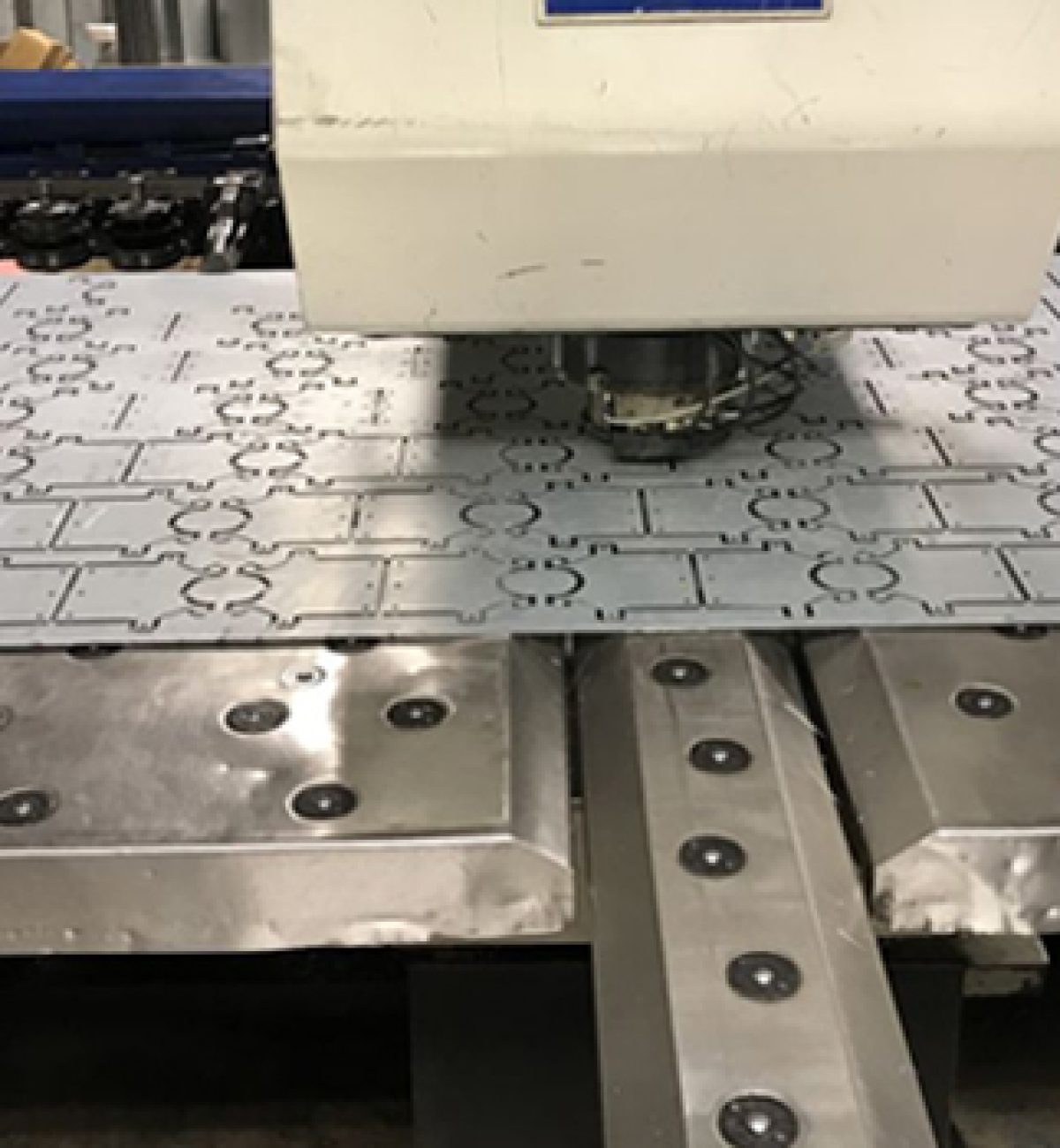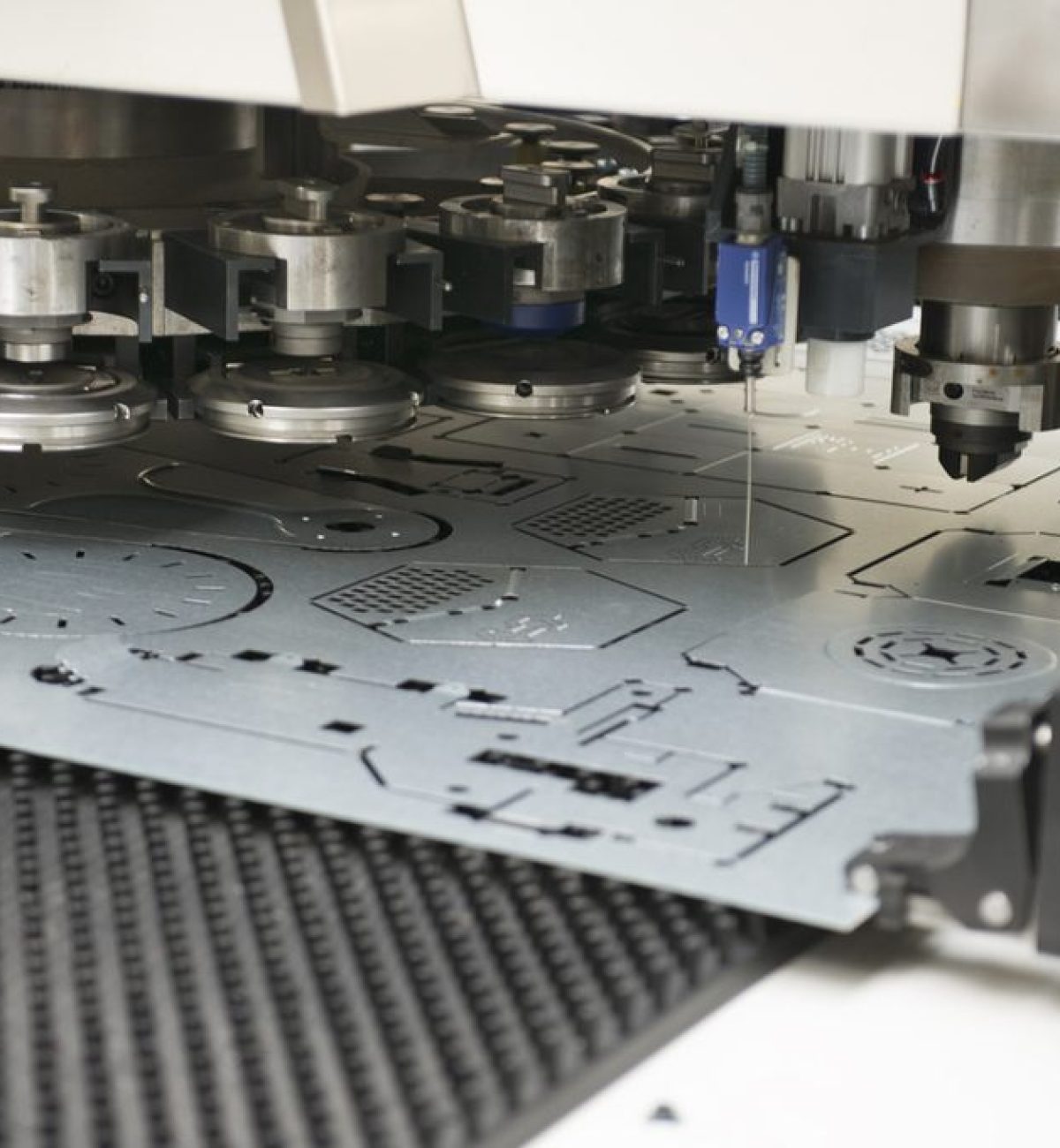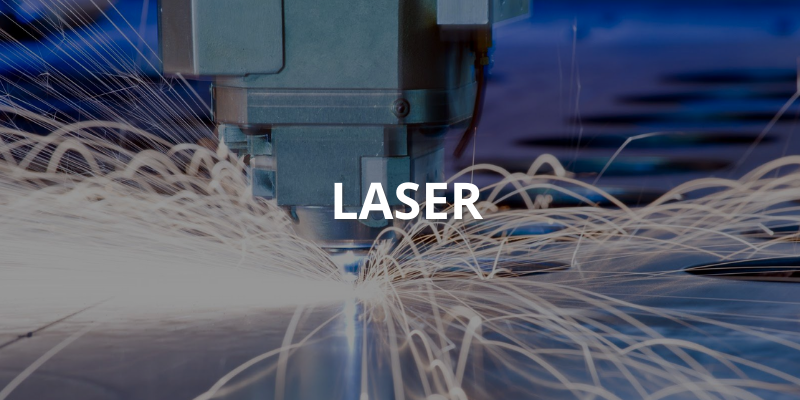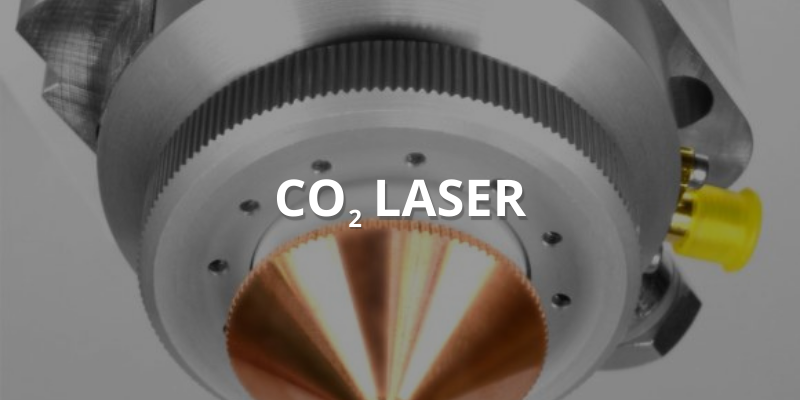CNC Turret Punch Press
Modern manufacturing is all about precision, speed, and versatility as the cornerstones of success. That’s why we’re proud at GVK Metalforms to be delivering solutions for the cutting-edge under-the-roof solutions for meeting ever-evolving needs in the demand of the fabrication segment. The CNC Turret Punch Press is perhaps one of the transformative technologies that become a powerhouse to transform the way sheet metal components get produced. And whether you’re automotive, aerospace, electronics, or construction, understanding what a CNC Turret Punch Press is capable of can open new pathways through your projects.
In punching holes, shapes, and patterns into sheet metals with an exceptionally high accuracy level, the CNC turret punch press refers to an advanced computer numerically controlled machine. The turret is a rotating tool holder, which holds multiple punching tools so that the machine can switch between them during operation. Controlled by sophisticated software, every punch made in this device is done with precision to minimize wastes and maximize efficiencies.
GVK Metalforms Private Limited has the latest in CNC Turret Punch Press technology and is geared to manufacture high-quality metal components tailored specifically to client requirements, from simple perforations to complex geometries. This machine is the bedrock of our production process.
About GVK Metalforms
On May 7, 2008, GVK Metalforms Private Limited was established as a company which today stands out as a leading provider of sheet metal fabrication machinery and tooling solutions. The registered office of the company is located in Jalandhar, India, with a branch in Pune. The company works exclusively with leading world manufacturers to develop innovative and user-friendly solutions for Indian sheet metal fabricators. GVK Metalforms will further introduce newer technologies that will help customers compete in international markets with high-quality yet cost-effective solutions.
In sheet metal bending, punching, deburring, and leveling, GVK Metalforms has also developed expertise in other metal-forming processes. The company also focuses on automotive, aerospace and electronics industries, along with others.
A very modern infrastructure, coupled with a high degree of customer orientation, has helped the company in ensuring customer-specific solutions and services. With continuous improvement and leading technology, GVK Metalforms embodies an ever-trusted partner in the metal forming space and has committed to delivering precision-engineered solutions across a wide spectrum to meet evolving market demands.
Our Partners

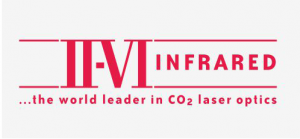
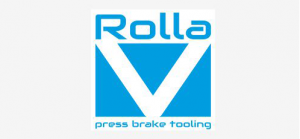
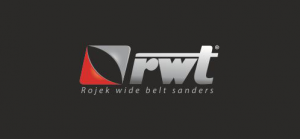
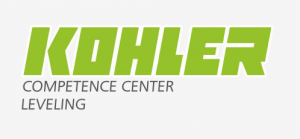
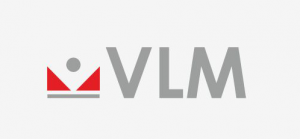
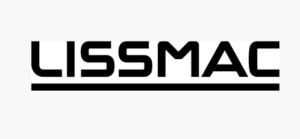
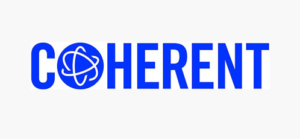
How Does a CNC Turret Punch Press Work?
The workings of a CNC Turret Punch Press begin from all-digital design generated mostly using CAD (Computer-Aided Design) software. The digitized design is fed into the CNC system, which translates into a series of instructions for the machine. The sheet metal is then clamped into position, and the turret moves to the right location either for use with a round punch, square cut, or custom shape.
Very fast and precise actions take place by the inbuilt servo drive ram of the machine that imparts required pressure through the selected striking tool. The movement of sheet metal progresses along the X and Y axes, which are strictly under the control of the CNC controller. Therefore, it is assured for us that every punch gets exactly where it’s supposed to be. Moreover, advanced models like the one used by GVK Metalforms also have capabilities such as forming, tapping, and even very small bending, reducing secondary operations.
There is one other thing, Maximum Accuracy: CNC controls, permitting tight tolerances up to ±0.1 mm, make this a perfect system for small designs as well as high-end finishes.
Adaptive:
Makes very different tasks like punching, shaping, embossing among others possible in one setting because of the variety of tools in the turret.
Fast and Efficient:
Automated tool changes and rapid punching cycles reduce production time more than conventional machines.
Material Saving:
Advanced nesting software optimally lays parts on the sheet metal and reduces scrap waste.
Value for Money:
The operating cost of machines is reduced significantly because multiple processes are housed under one machine facility saving on labor, time, and equipment costs.
At GVK Metalforms, we have realized these benefits and seen them redefine real value proposition for our customers to bring their goods to market faster and cheaper.
Applications of CNC Turret Punch Press
From automotive applications such as brackets and panels, chassis components to all possible applications, the versatility of the CNC turret punch makes it an indispensable piece of equipment across various industries.
Here are a few applications of this technology at GVK Metalforms:
Automotive:
Our CNC turret punch presses make anything from brackets to chassis components and panels, all parts required to meet automotive manufacturing standards.
Electronics:
We manufacture cutouts for wiring and components among other things, heat sinks, mounting plates, and enclosures.
Construction:
Panels formed by perforating, structural supports, and ornamentation are done to a consistently quick speed.
Aerospace:
Extremely complex geometries are possible with our advanced punching capacity, resulting in components that weigh very little and yet have great strength.
Regardless of the industry, GVK Metalforms makes every project available under the assurance of the precision and reliability of our CNC Turret Punch Press technology.
“Shaping Metal with Precision – GVK Metalforms, Your CNC Turret Punch Press Partner!”
Gallery Video
Tools that move
GVK Metalforms Pvt. Ltd. March 4, 2023 12:40 pm
Adjustable Range-What is suitable for your bend profile?
GVK Metalforms Pvt. Ltd. March 4, 2023 12:39 pm
Adjustable RVHD2 5
GVK Metalforms Pvt. Ltd. March 4, 2023 12:38 pm
Bending Checker plate without marks
GVK Metalforms Pvt. Ltd. March 4, 2023 12:37 pm
Model One Workout
GVK Metalforms Pvt. Ltd. March 4, 2023 12:36 pm
Rolla_v
GVK Metalforms Pvt. Ltd. March 4, 2023 12:35 pm
Channel Bending in Single Stroke on Rolla-v
GVK Metalforms Pvt. Ltd. June 27, 2018 7:41 am
Why Choose GVK Metalforms?
At GVK Metalforms, we don’t just operate CNC Turret Punch Press machines – we master them. Our commitment to excellence has positioned us as a trusted partner for the metal fabrication industry. Working with us means you will be spoiled with:
State-of-the-Art Equipment:
We invest in brand-new CNC Turret Punch Press machines supplied by only major manufacturers so that their performance and reliability are beyond doubt.
Skilled Team:
Our engineers/technicians are experts at programming, tooling, and optimizing the press for the best possible productivity.
Custom Solutions:
We provide personalized services, either for prototypes or high-volume production runs, in accordance with your specific needs.
Quality Assurance:
Every component is subject to rigorous inspection to fulfill your threshold of acceptance and this international standard.
On-time Delivery:
Maximize efficiency with a well-streamlined process that gets your projects across the finish line on time, every time.
Tips to Optimize Your CNC Turret Punch Press Project
If you are going to collaborate with GVK Metalforms on your next project, you might want to take these tips into consideration to maximize the potential of our CNC Turret Punch Press services:
Consider Punching When Designing: Simplify designs as much as possible to reduce tool changes and production time.
Choose Right Material:
We can work with all metals such as steel, aluminum, copper, etc. So, consult our team to finalize the material best suited for your application.
Detailed Specifications Are Required:
Transparent drawings and tolerances allow immediate programming of the machine with pinpoint accuracy.
Plan for Volume:
Get in touch with us about your production needs at the outset so we can maximize your batch sizes and setup of tools.
CNC Turret Punch Press is not a machine but a whole different ball game in metal fabrication. GVK Metalforms harnesses its power to deliver the precision-manufactured components that demand the highest possible standards of quality and performance. Whether for streamlining production, reducing costs, or bringing a complex design into existence, GVK Metalforms CNC Turret Punch Press services will do that for you.
FAQ's
This is a fully automated machine controlled by computers, which precisely punches holes and shapes into sheet metal using a rotating tool turret.
Using advanced CNC controls and the best engineers, accuracy tolerances go as tight as ±0.1 mm.
Automotive and electronics, construction and defense, including an aerospace industry-they all reap the benefits of precision punching services provided by GVK Metalforms.
Make the designs simple, select the right material, provide detailed specifications, and plan production volume together with our team.
Address:
5a, Wariana Industrial Complex, Kapurthala Rd, Jalandhar, Punjab 144021
Phone:

